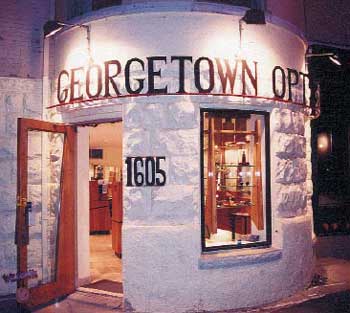An article by Eyal Press titled The New Suburban Poverty, in The Nation magazine, reports a stunning fact about the American suburbs:
Stories of downward mobility in America’s suburbs have not exactly cluttered the headlines over the past decade. Gated communities of dream homes, mansions ringed by man-made lakes and glass-cube office parks: These are the images typically evoked by the posh
, supersized subdivisions built during the 1990s technology boom. Low-wage jobs, houses under foreclosure, families unable to afford food and medical care are not. But venture beyond the city limits of any major metropolitan area today, and you will encounter these things, in forms less concentrated — and therefore less visible — than in the more blighted pockets of our cities perhaps, but with growing frequency all the same. …
The result is a historic milestone that has gone strangely ignored: For the first time ever, more poor Americans live in the suburbs than in all our cities combined.

